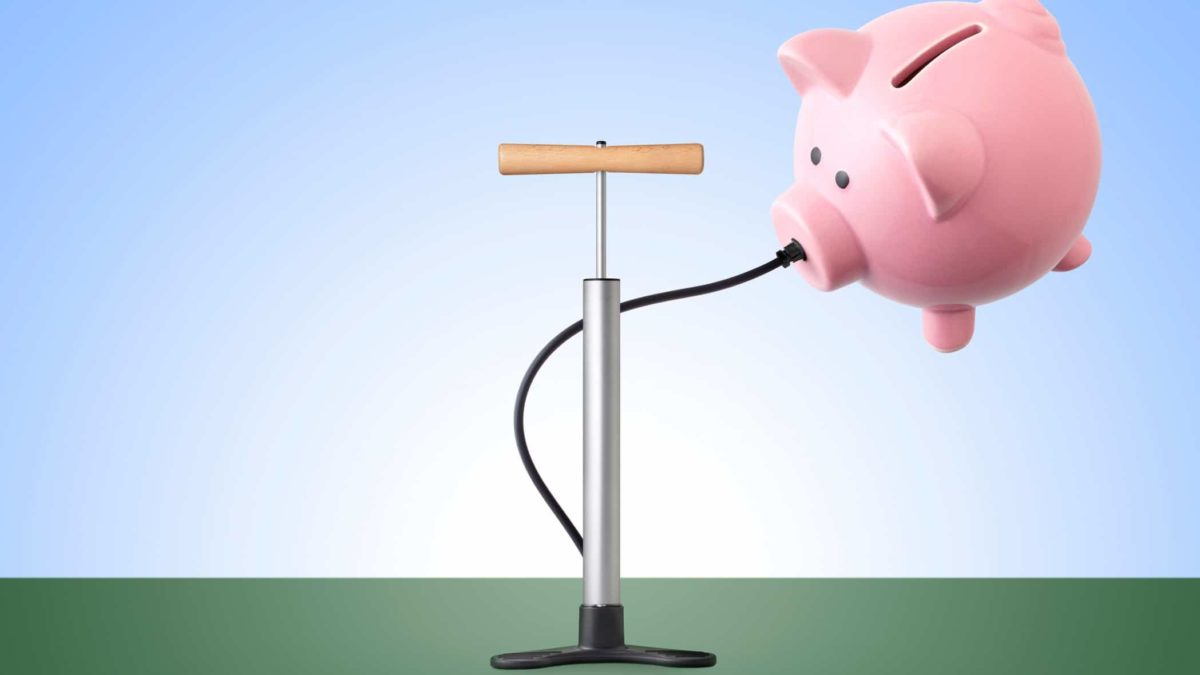With the US Federal Reserve's 'hawkish pivot' this week, much of the talk around the proverbial ASX share market water cooler has once again returned to inflation. On Thursday, the US Fed seemingly reversed its previous guidance and shifted its rhetoric around inflation. To condense its message, the Fed sees inflation as a stronger threat than it had done previously. It warned investors it might have to respond sooner than it had previously flagged.
So what would happen if inflation fears turned out to be real? Here are 3 things ASX investors might expect.
3 things to watch out for on the ASX 200 if inflation returns
Higher interest rates
It's not really inflation itself that the markets fear, but the thing that usually walks hand-in-hand with it: higher interest rates. Adjusting monetary policy (raising or lowering interest rates) is a government's primary weapon against inflation (or deflation) in an economy. Raising the cost of borrowing money can cool an economy. Thus, higher rates can be very useful against inflation. If inflation does keep rising, you can bet that governments around the world will immediately begin canvassing the prospects of higher rates in response.
Higher inflation = lower shares?
The great investor Warren Buffett once described interest rates as the 'gravity' of the financial world. They pull things back to earth, in other words. It's no coincidence then perhaps, that as interest rates have fallen to near-zero around the advanced economies of the world over the past 2 years, share markets have gone on to make record highs. US markets are way higher than they have ever been. And the S&P/ASX 200 Index (ASX: XJO) has been climbing even higher into new record territory over the past month or so.
But if rates start rising in response to inflation, it's possible we could well see these gains reversed. Higher rates raise the attractiveness of other assets outside the share market. That's mainly cash and government bonds. There are many investors out there who have been pushed into the share market reluctantly over the past few years. Mostly due to the ultra-low returns offered from these 'safer' investments that stem from record low-interest rates.
If rates go higher, some investors might find a term deposit or government bond paying a 4% interest rate, for example, to be more attractive than a 'risker' dividend share also offering a 4% yield. This could prompt a lot of capital flowing out of share markets into other asset types. Assets that have been neglected due to the current low rate environment. This would result in downward pressure on share prices.
A different ASX 200 paradigm
If inflation does pick up, there is a strong chance that investors will adjust their investing goals and expectations accordingly. Suddenly, not only will investors be trying to get the best return possible from ASX shares. They will also be looking to protect their wealth from being eroded away by inflation. As such, you may see the 'movers and shakers' of the ASX 200 (i.e. fund managers) moving money into companies that are perceived as 'inflation-proof'. And out of companies that might be relatively disadvantaged by inflation or higher interest rates. On the latter point, investors often tend to shun high growth companies with a lot of debt in this situation. We might have seen a trial run of this potential scenario earlier this year with the huge volatility in the ASX tech shares space that we saw back in March and April.









